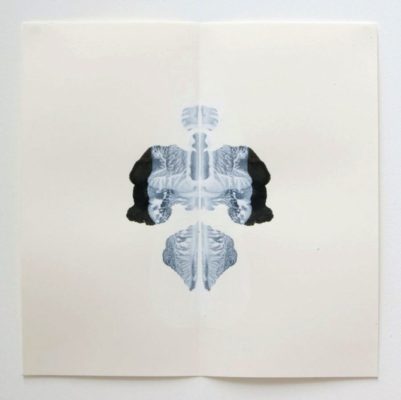Search
To search for an exact match, type the word or phrase you want in quotation marks.
A*DESK has been offering since 2002 contents about criticism and contemporary art. A*DESK has become consolidated thanks to all those who have believed in the project, all those who have followed us, debating, participating and collaborating. Many people have collaborated with A*DESK, and continue to do so. Their efforts, knowledge and belief in the project are what make it grow internationally. At A*DESK we have also generated work for over one hundred professionals in culture, from small collaborations with reviews and classes, to more prolonged and intense collaborations.
At A*DESK we believe in the need for free and universal access to culture and knowledge. We want to carry on being independent, remaining open to more ideas and opinions. If you believe in A*DESK, we need your backing to be able to continue. You can now participate in the project by supporting it. You can choose how much you want to contribute to the project.
You can decide how much you want to bring to the project.

In the Cornelia Parker exhibition at the Galería Carles Taché one finds a variety of pieces by the artist that escape the installations of suspended materials with which one generally identifies her work. At any rate, the only piece that pertains to this form of expression so characteristic of Parker is “Endless Column IV”, made up of a selection of silver objects, pressed flat until they form almost two dimensional pieces, that the artist has placed hanging from the roof at a height of a few centimetres off the floor, and which, be it intentionally or not, acts as the protagonist of the show. What is interesting about these installations is how paradoxical they are, as the process employed in their production is to say the least unusual: shiny silver objects are abused until they become almost bits of junk, that are later transposed into the exhibition space.
Agreed, for a while now junk has been no stranger to art galleries and spaces, I’m thinking of Lara Favaretto and the recent D13, but Parker’s method is different, because she takes the objects in pristine condition, treats them badly and hangs them up, fragile and delicate, composing in the process an extremely precious installation. There’s a paradox in the duality of this damaged object that is so exquisitely exhibited, but also in the duality of the object and its shadow reflected on the floor, that contradictorily suggests the three dimensional past of the object.
One can also talk of duality and paradox when referring to the materials used to elaborate the pieces in the series, “Poison and Antidote Drawing” and “Red Hot Poker Drawing”. The first, as the title indicates, are drawings made with venom and its antidote; specifically the venom of the rattlesnake mixed with black ink and the antidote for this venom mixed with white ink. The drawings are totally symmetrical and it is only thanks to the subtle mark in the middle of the paper that one senses that in order to make them Parker first stained half of the support and later folded it, so that the ink would mark the other half of the paper. The resulting images of this process are reminiscent of post-mortem portraits of animals, so that seeing them one beside each other we seem to be faced with a cadaverous illustrated bestiary. This idea of death is implicit in the choice of materials, as the addition of rattlesnake venom to the black ink only adds to the sense of danger and death. Even though the white ink, along with the antidote, has been applied on top, the white liquid doesn’t manage to cover the trail of black.
As for the “Red Hot Poker Drawings”, the materials used are paper and fire. As happens in the series mentioned before, one material theoretically destroys the other, and as in “Endless Column IV” the main object is treated badly. In the pieces that make up this series, the paper has also been folded, and using a hot poker, the sides of the paper have been burnt. So that when unfolded a selection of holes and marks are revealed, the wounds of the process carried out by the artist.
It seems that “incomplete destruction” is the state the works of Parker are left in, as if the process of transformation and metamorphosis to which she submits all sorts of materials and objects didn’t have to reach any form of finale. Maybe it is for this that the results are clean and delicate while denoting a touch of perversity, one that is prudently dissimulated for not having been totally liberated; for not having completely burnt the papers of the “Red Hot Poker Drawing”, for not having defined the forms of the drawings that look like portraits of cadavers, or for not having smashed to bits the silver objects in “Endless Column IV”.
That said, the work of Parker doesn’t admit generalisations and in defining these aspects about the works produced during 2012, one realises that the same can’t be said about the pieces on show at the back of the gallery, that form part of projects that the artist will be working on during 2013. Pieces that abandon processes of destruction to talk about representation, or at least this it what one senses in the series of photographs of a prison wall, or in the work “Pavement Cracks (City of London)” that is, basically, the result of filling the gaps in London pavements with rubber. It is left to be seen how the work of this British artist will transform.

Anna Dot was born on a Sunday in April. She is from Torelló and works between two worlds, worlds that she cannot perceive as being in any way separate: one of artistic production and one of reflection, writing about contexts of art.
"A desk is a dangerous place from which to watch the world" (John Le Carré)